-
1
- #1
Partial collapse of 12 storey apartment building in Miami Beach:
Was built in 1981. Not much information as yet.
Building profile:
Was built in 1981. Not much information as yet.
Building profile:
Follow along with the video below to see how to install our site as a web app on your home screen.
Note: This feature may not be available in some browsers.
Don't forget the collapse of the parking garage from about a decade or so ago and the collapse of that outdoor deck that injured a bunch of people.JoelTXCive said:After the Florida International Pedestrian Bridge, this is a 2nd large failure in Florida.
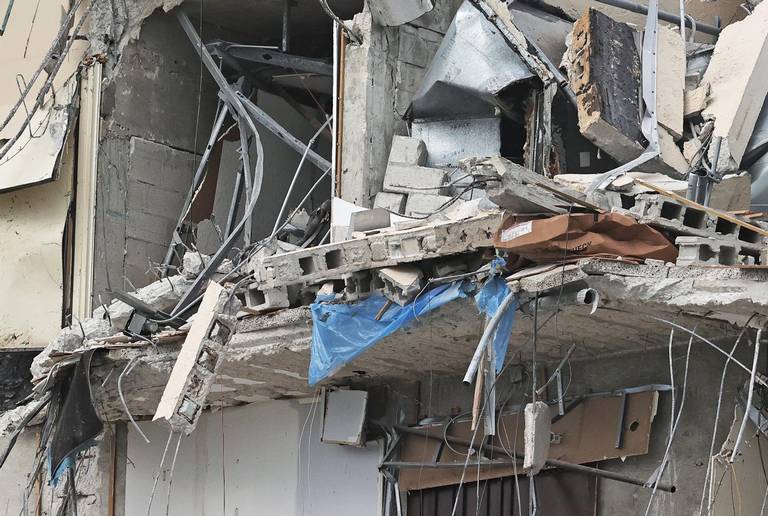
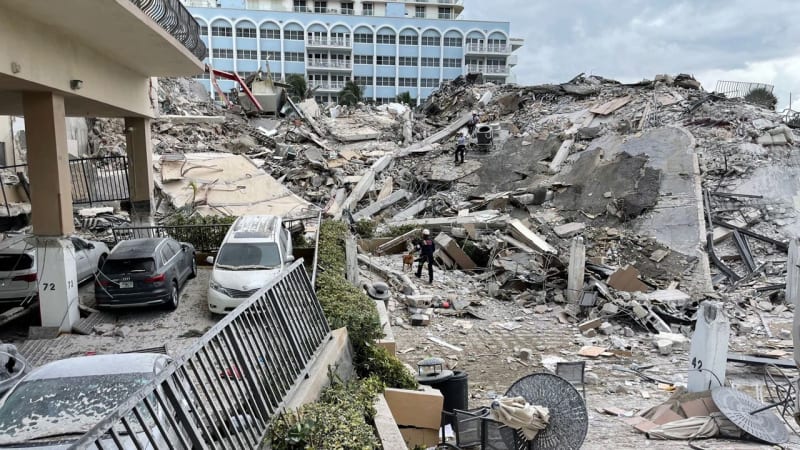

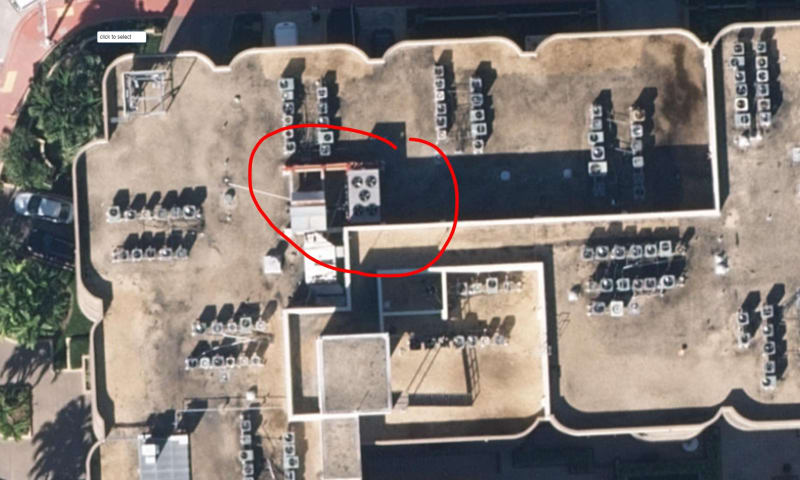
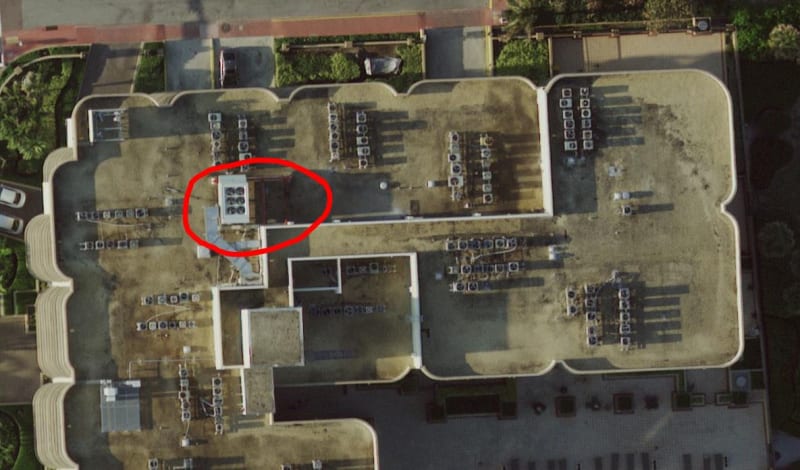
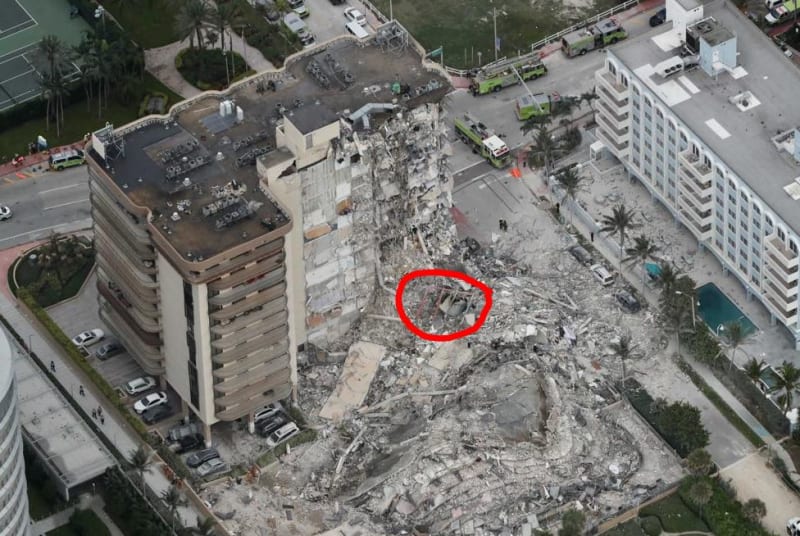
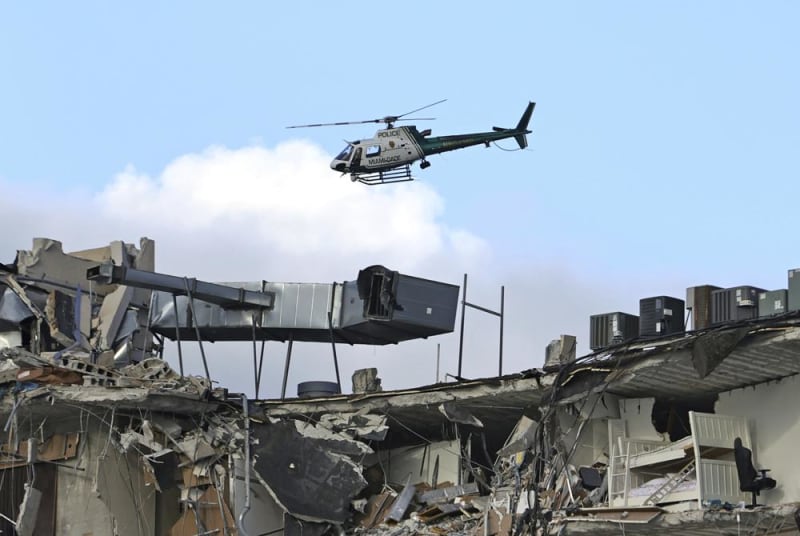
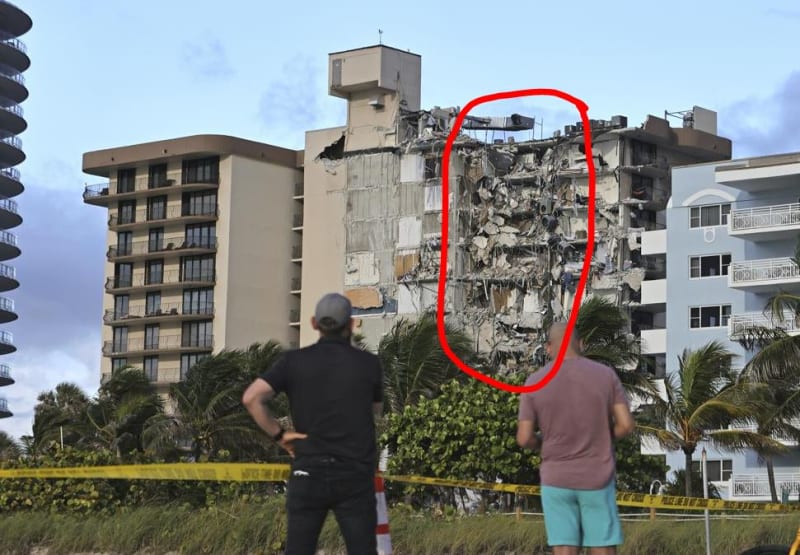
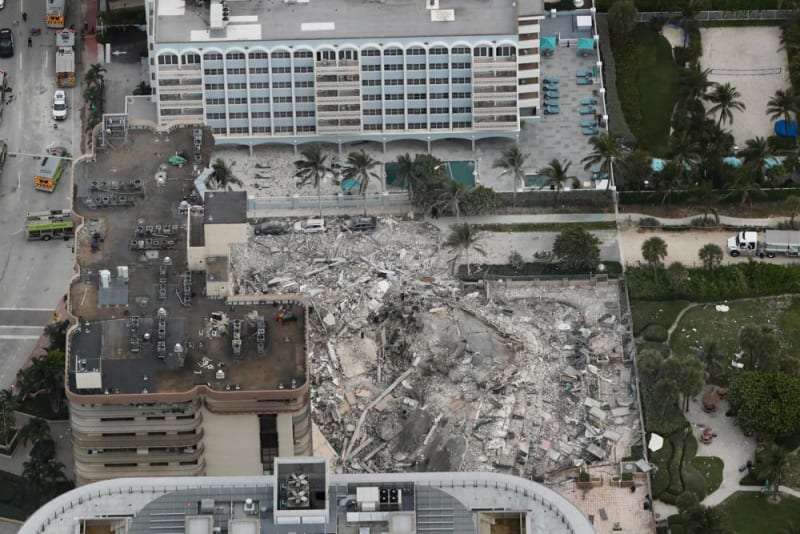
hokie66 said:That bottom photo in epoxybot's post is intriguing. Are those black rods individual unbonded PT tendons? Are those closely spaced spalls where the tendons were?
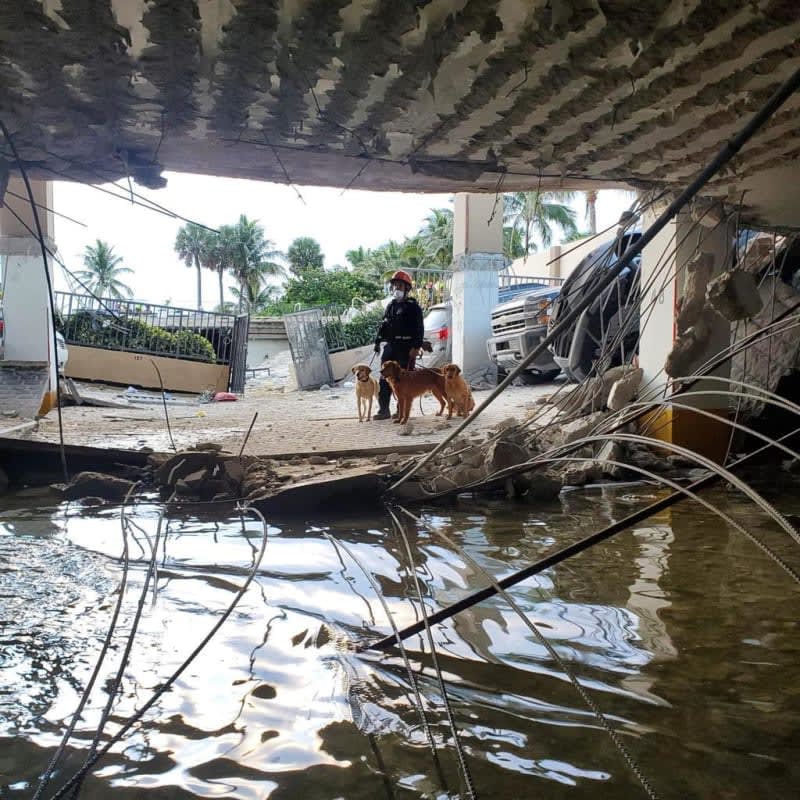
TheGreenLama said:Those look like PT tendons that have been ripped out of the bottom of that slab as the area beyond came down.
